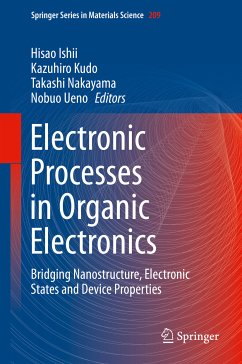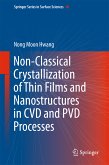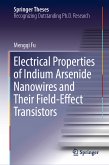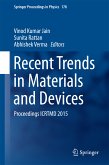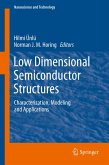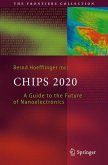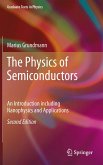The book covers a variety of studies of organic semiconductors, from fundamental electronic states to device applications, including theoretical studies. Furthermore, innovative experimental techniques, e.g., ultrahigh sensitivity photoelectron spectroscopy, photoelectron yield spectroscopy, spin-resolved scanning tunneling microscopy (STM), and a material processing method with optical-vortex and polarization-vortex lasers, are introduced. As this book is intended to serve as a textbook for a graduate level course or as reference material for researchers in organic electronics and nanoscience from electronic states, fundamental science that is necessary to understand the research is described. It does not duplicate the books already written on organic electronics, but focuses mainly on electronic properties that arise from the nature of organic semiconductors (molecular solids). The new experimental methods introduced in this book are applicable to various materials (e.g., metals, inorganic and organic materials). Thus the book is also useful for experts working in physics, chemistry, and related engineering and industrial fields.
Dieser Download kann aus rechtlichen Gründen nur mit Rechnungsadresse in A, B, BG, CY, CZ, D, DK, EW, E, FIN, F, GR, HR, H, IRL, I, LT, L, LR, M, NL, PL, P, R, S, SLO, SK ausgeliefert werden.

